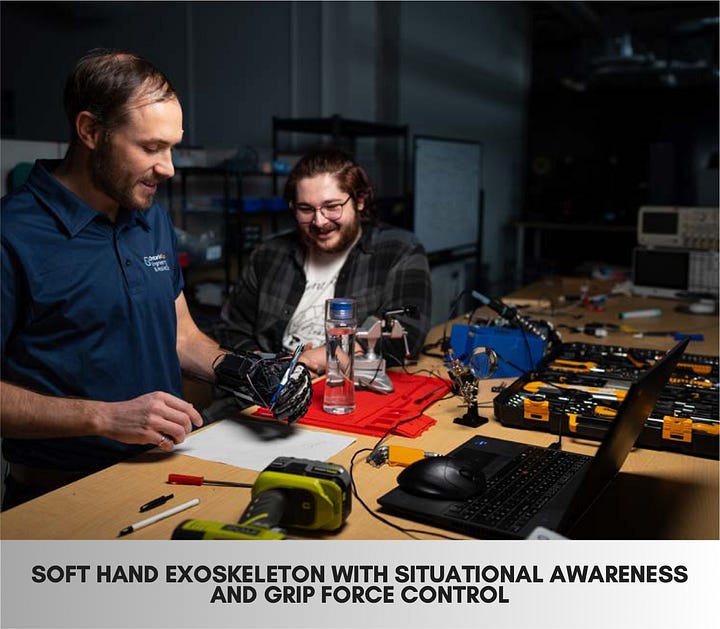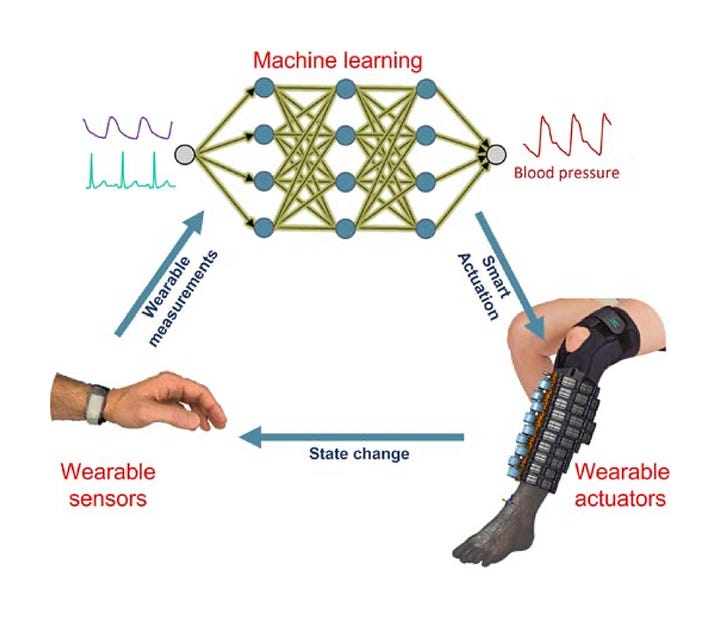TWIWT XXXIII: Week of May 26, 2025
The latest in the series of weekly highlights from the wearables industry features the CSME Spring 2025 Bulletin, a new preprint on the biomechanics foundation model, and a few more interesting links.
Multiple wearable technology projects highlighted in the Canadian Society for Mechanical Engineering spring Bulletin


The spring 2025 Canadian Society for Mechanical Engineering Bulletin highlights several innovative wearable technology projects from Canadian researchers aimed at improving healthcare. Dr. Céderick Landry at Université de Sherbrooke is developing semi-cuffless blood pressure monitoring systems and wearable compression devices to prevent falls in older adults, while Ontario Tech University researchers created the HERO Glove Insight, a soft hand exoskeleton for stroke rehabilitation that achieved 55% increase in grip strength with 98% accuracy in object identification. Additionally, Carleton University teams are building AI-powered surgical simulators for pediatric laparoscopy training that provide real-time feedback without requiring expert supervision. These projects demonstrate how Canadian mechanical engineers are integrating advanced sensors, artificial intelligence, and biomechatronics to create intelligent wearable systems for continuous health monitoring and therapeutic interventions.
BiomechGPT enables clinical movement analysis through multimodal AI
Northwestern University researchers developed BiomechGPT, a multimodal foundation model that combines biomechanical motion capture with large language processing for clinical movement analysis. The system tokenizes 34 hours of movement data from 467 participants using a vector quantized variational autoencoder, then fine-tunes the Gemma language model to understand motion tokens alongside natural language. BiomechGPT achieves F1 scores of 0.95 for activity recognition, 0.88 for movement impairment detection, and correlation coefficients above 0.90 for walking parameter prediction. Unlike previous models using SMPL representation, BiomechGPT employs a biomechanically accurate OpenSim-derived model that aligns with clinical practice, demonstrating positive transfer learning across multiple tasks and outperforming XGBoost baselines while providing a unified natural language interface for movement analysis.
Read the full preprint on arXiv.





